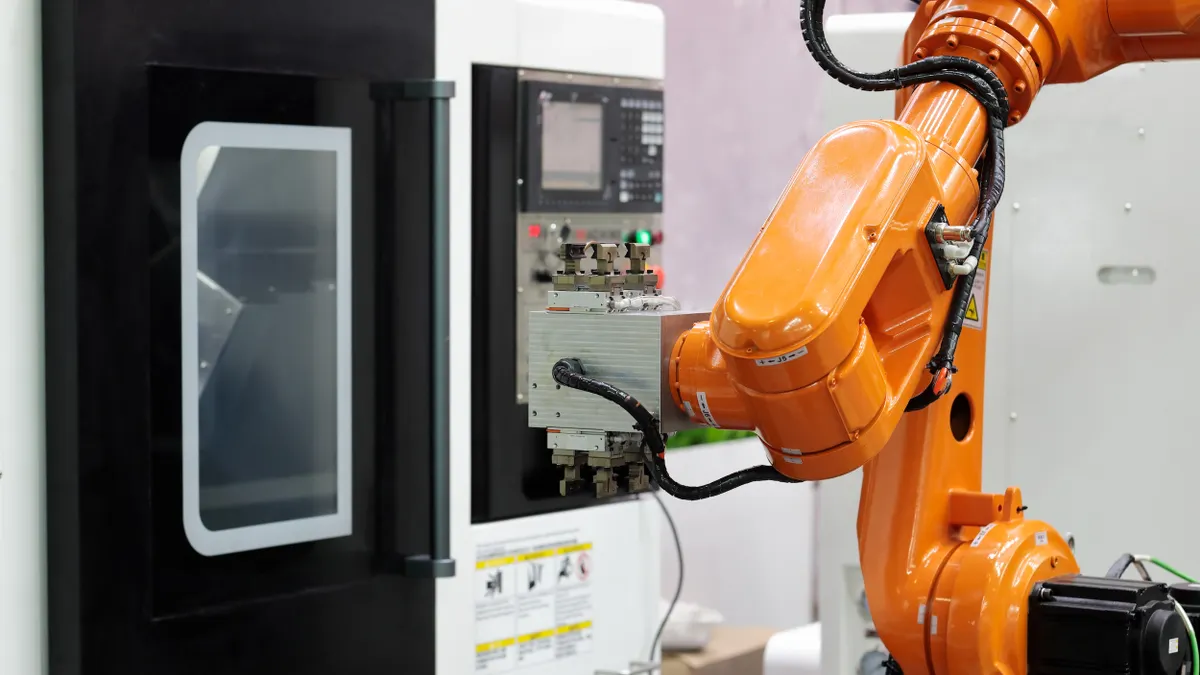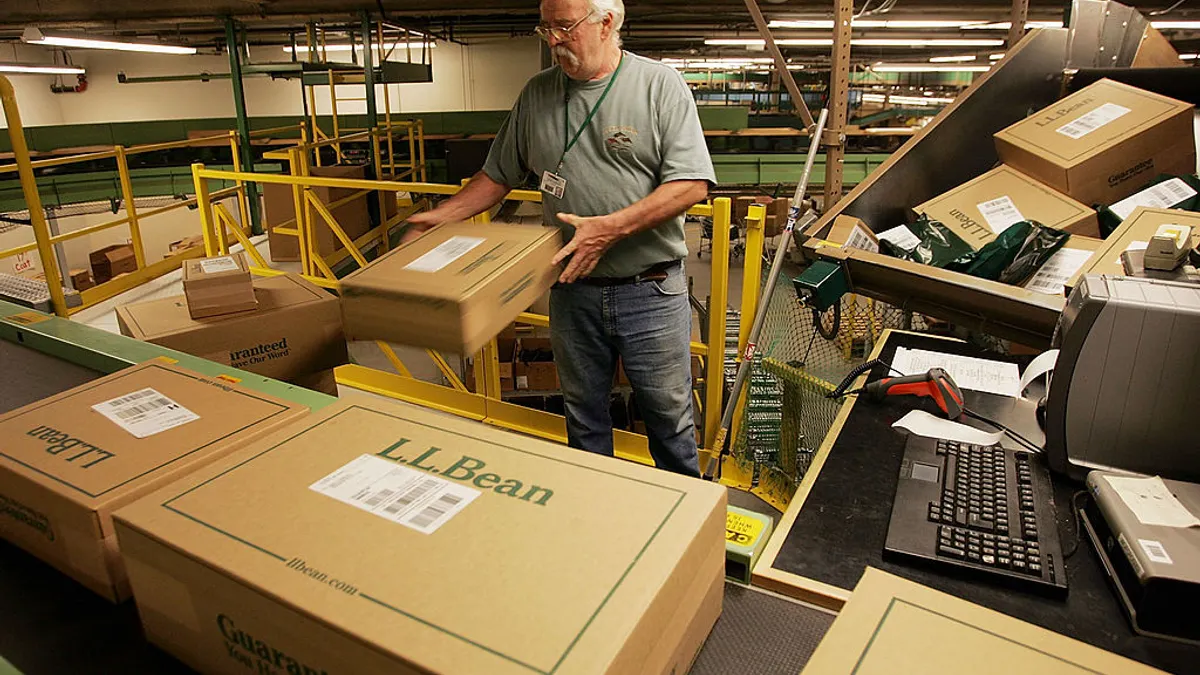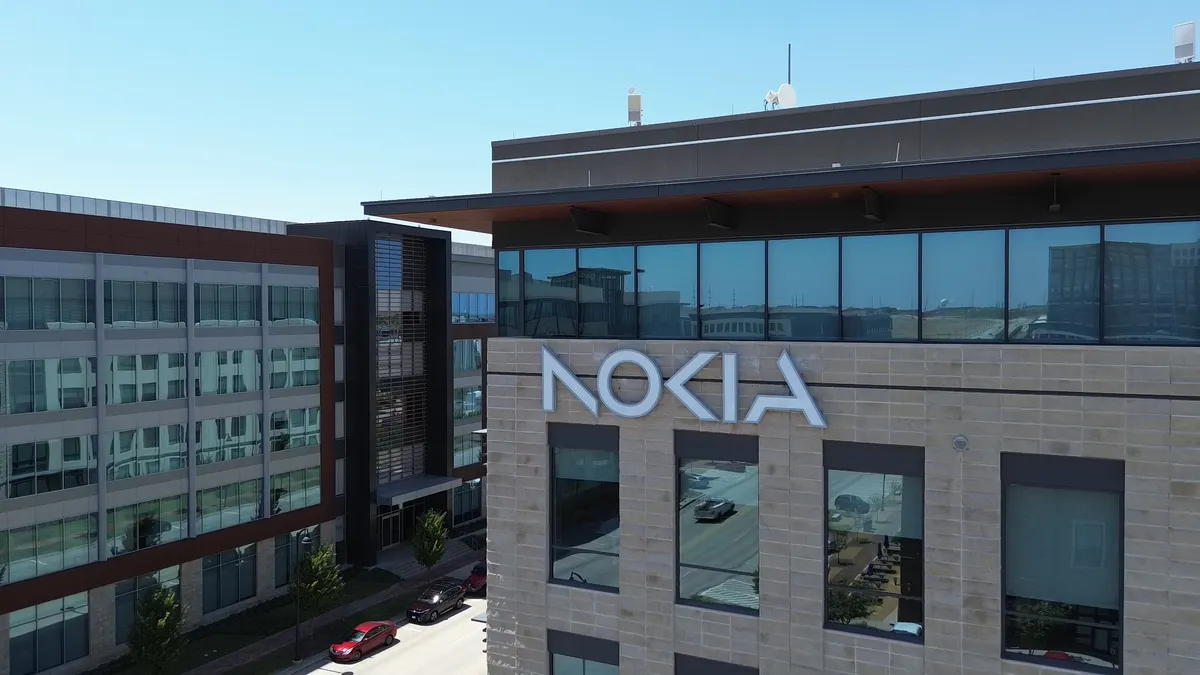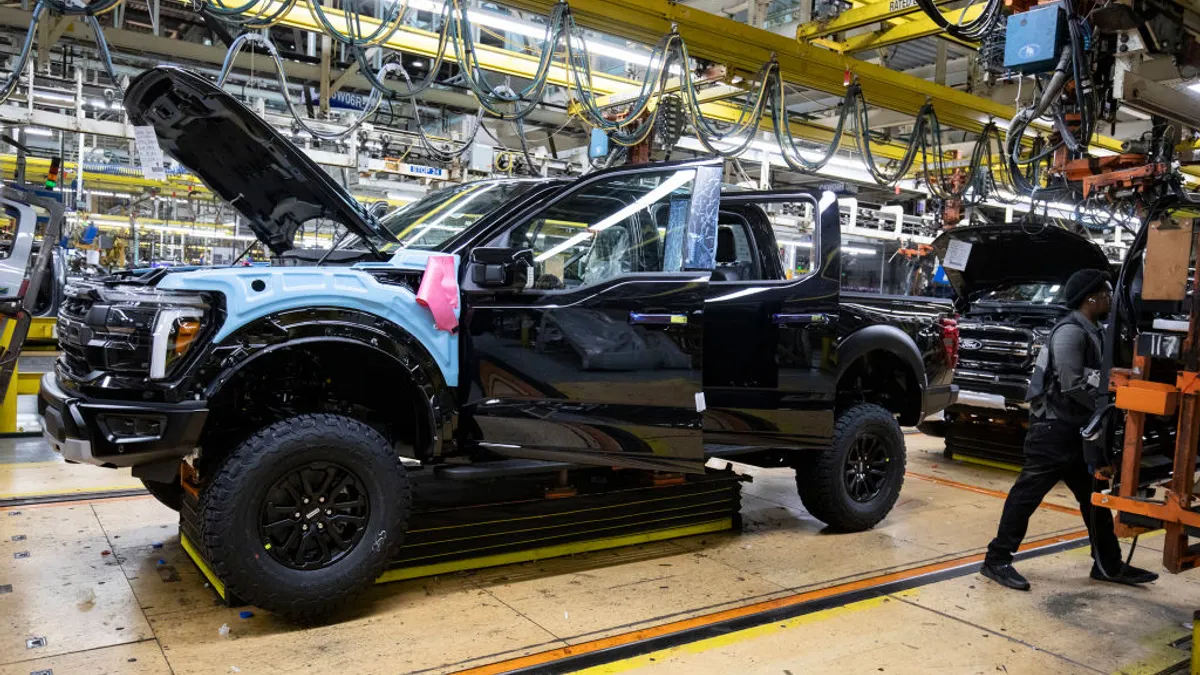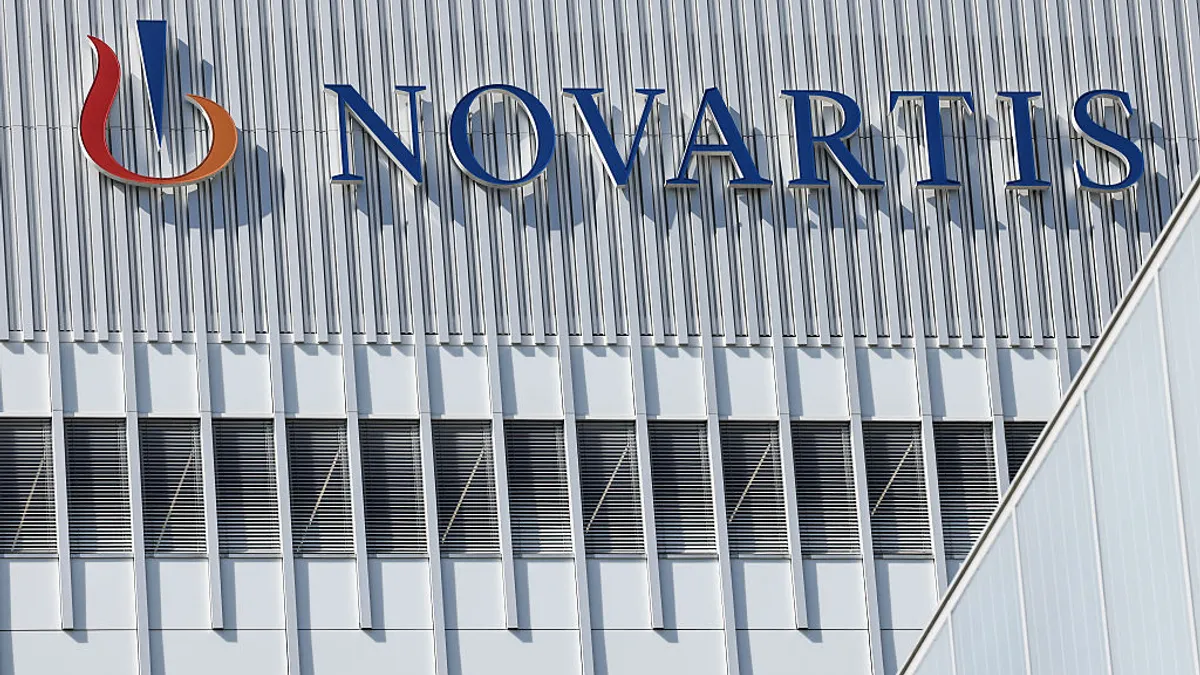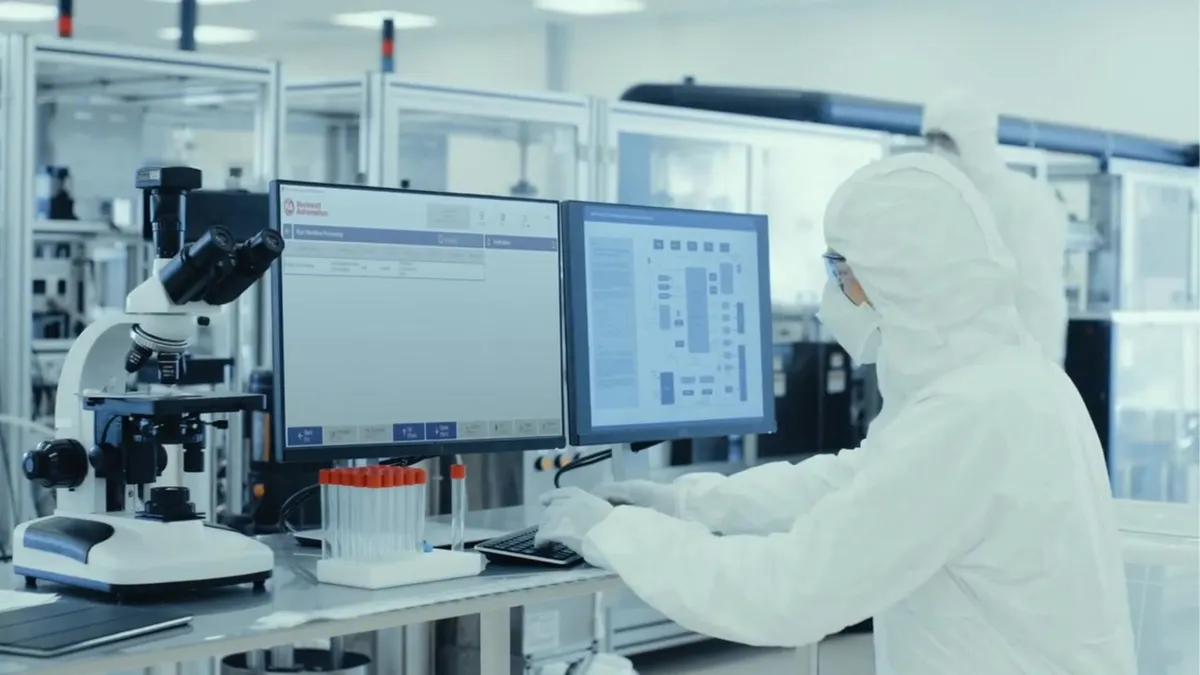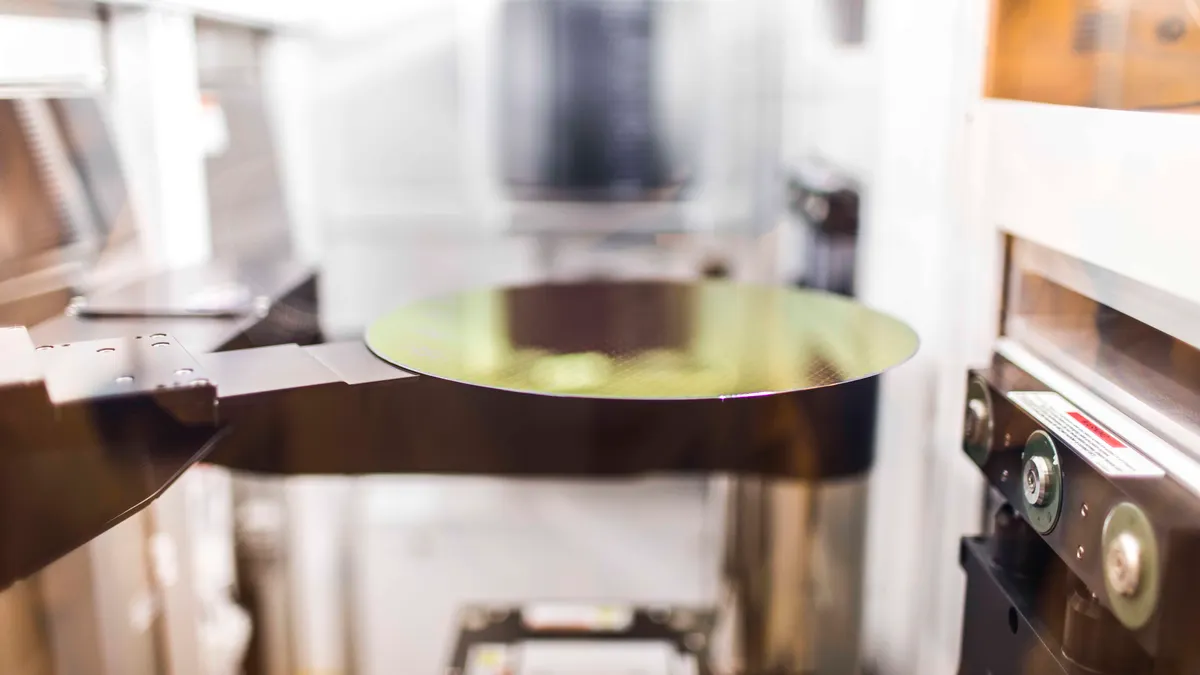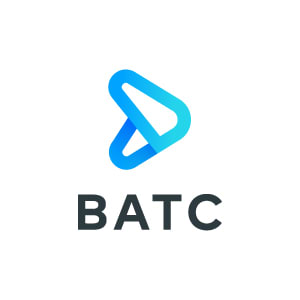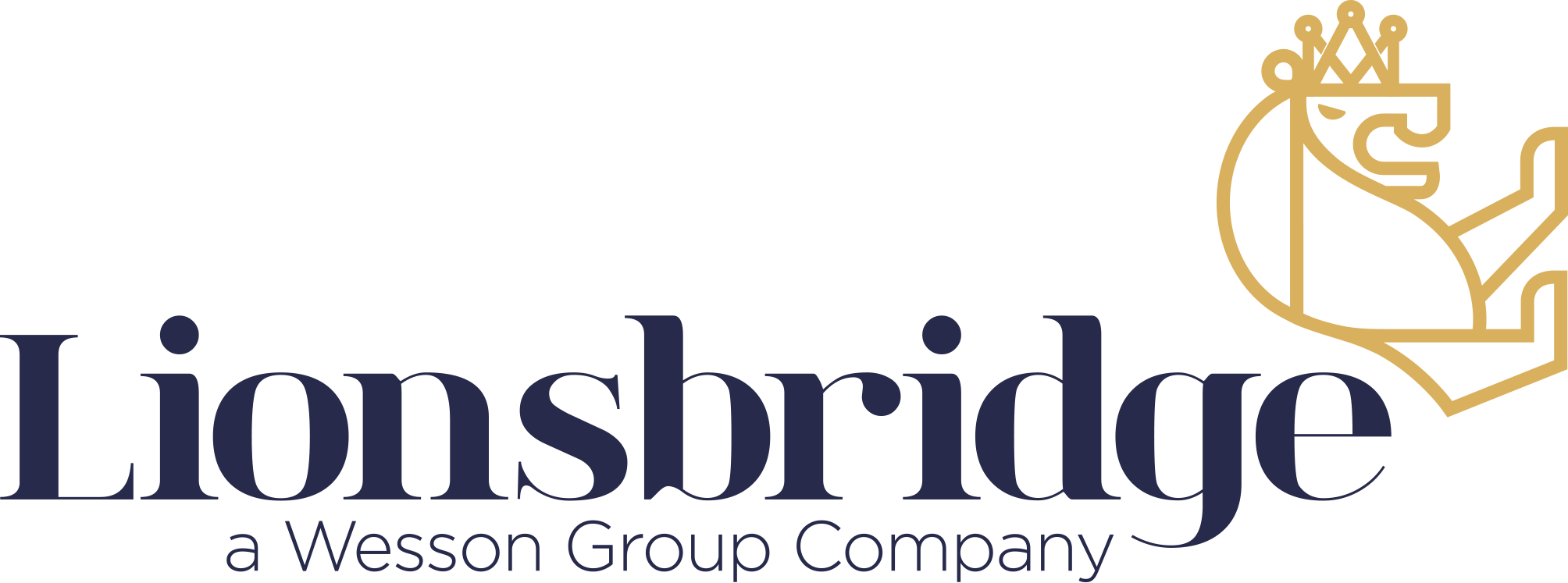For years, the term collaborative robot — or cobot — referred to a robotic arm or machine that could work alongside humans. But not anymore.
Recent safety standard revisions, ISO 10218 and ANSI/A3 R15.06, move away from labeling a machine itself as a “cobot” and instead require safety to be defined at the application level by using the term “collaborative application.”
This is the first major update to standards over the past decade and will significantly change how these tools are designed, certified and marketed, as well as how manufacturers implement them in collaborative human-machine processes with more strictly regulated safety measures.
John Jakomin, chief engineer and co-founder of Slip Robotics, a company offering robots-as-a-service to manufacturers, called the change an “overdue correction.”
“Collaboration is a feature of how the robot is utilized, not a property of the individual robot itself,” he said. “The revised wording acknowledges that risk and safety are based upon the entire system, including the robot, tools, workplace, layout, control systems, operator's proximity and other complementing engineering controls.”
In other words, it’s no longer sufficient to buy a cobot off the shelf and assume safe human coworking conditions. Instead, an application-specific risk assessment has to be carried out and documentation of how humans and robots will interact becomes central.
The new guidelines divide the safety and capabilities of collaborative applications into four categories: power and force limiting, speed‑and‑separation monitoring, safety-rated monitored stop and hand guiding.
“If a robot is using a sharp tool, it’s not truly 'collaborative' unless safeguards are in place,” said Jasmeet Singh, executive vice president and global head of manufacturing at Infosys. “To keep people safe, you need measures like monitored stops, power and force limits, emergency stop buttons and speed reduction when someone is nearby.”
To support this, Infosys has developed the Integrated Robotic Assisted Test Automation Framework, specifically designed for bots to automate testing and validation of human-machine interface devices.
Cobot technology has come a long way in recent years, Singh said. “Thanks to advances in vision systems, sensors and perception technologies, these robots now have real-time situational awareness and can interact with humans more naturally,” he added. “Add 3D vision, lidar and smarter control algorithms, and you’ve got systems that are highly responsive and aware of their surroundings.”
Jakomin noted that system design is more important for safety than just sensors or software.
“This means making sure that operators comprehend robot behavior, establish safe zones, monitor with light curtains or vision systems and develop recovery procedures for unforeseen circumstances,” he said.
The real game changer here, according to Singh, is AI and machine learning.
“Cobots can now make intelligent decisions, recognize objects dynamically, plan movements adaptively, predict behaviors, and collaborate with humans in real time,” he said.
Freddy Kuo, chairman at Luminys and special office executive assistant at Foxlink is among the people helping develop reasoning-based artificial intelligence models, or the “brains” that enable robots to make context-aware decisions and adapt in real time.
According to him, while robot makers and the manufacturers that implement them revise systems to match the new safety standards, there’s another easy-to-dismiss but critical angle to consider: cybersecurity.
“Physical safety — like sensors, force feedback and automated shutdown systems — has long been a defining feature of collaborative robots, but now with cobots starting to use cloud-based AI systems, we must think carefully about data security, intellectual property protection and data integrity,” Kuo said. “Every time a cobot sends or receives data for model updates or training, it introduces potential vulnerabilities. So now manufacturers must treat safety as a two-part responsibility: protecting both people and information.”
While manufacturers across the U.S. are at different stages of cobot adoption, ongoing labor challenges and economic uncertainty are motivating more companies to automate tasks, especially as the cost of deployment goes down, Jakomin said.
IMARC forecasts the U.S. cobot market to reach over $8 billion by 2033, with a compound annual growth rate of approximately 28% from 2025 to 2033. However, the U.S. industry is still relatively small compared to global robot deployment, as many small-to-mid-sized manufacturers have yet to implement cobots and related tools.
Globally, the cobot market has already crossed $3.5 billion with nearly 150,000 units shipped in 2025, according to Omdia, which expects the market to more than double in just the next three years.
Right now, Kuo said, large-scale facilities with steady, predictable processes are the easiest environments to introduce cobots, but the real power of this technology lies in adaptability.
“Cobots will be able to learn and adjust to virtually any environment or task. That means they won’t just belong in high-volume factories, they’ll become valuable in smaller, more specialized settings, too,” he said.
As the technology becomes more intelligent and accessible over the years, Kuo predicts that “smaller companies will soon gain the ability to build, customize and produce independently, leading to a much more decentralized and flexible manufacturing industry.”


